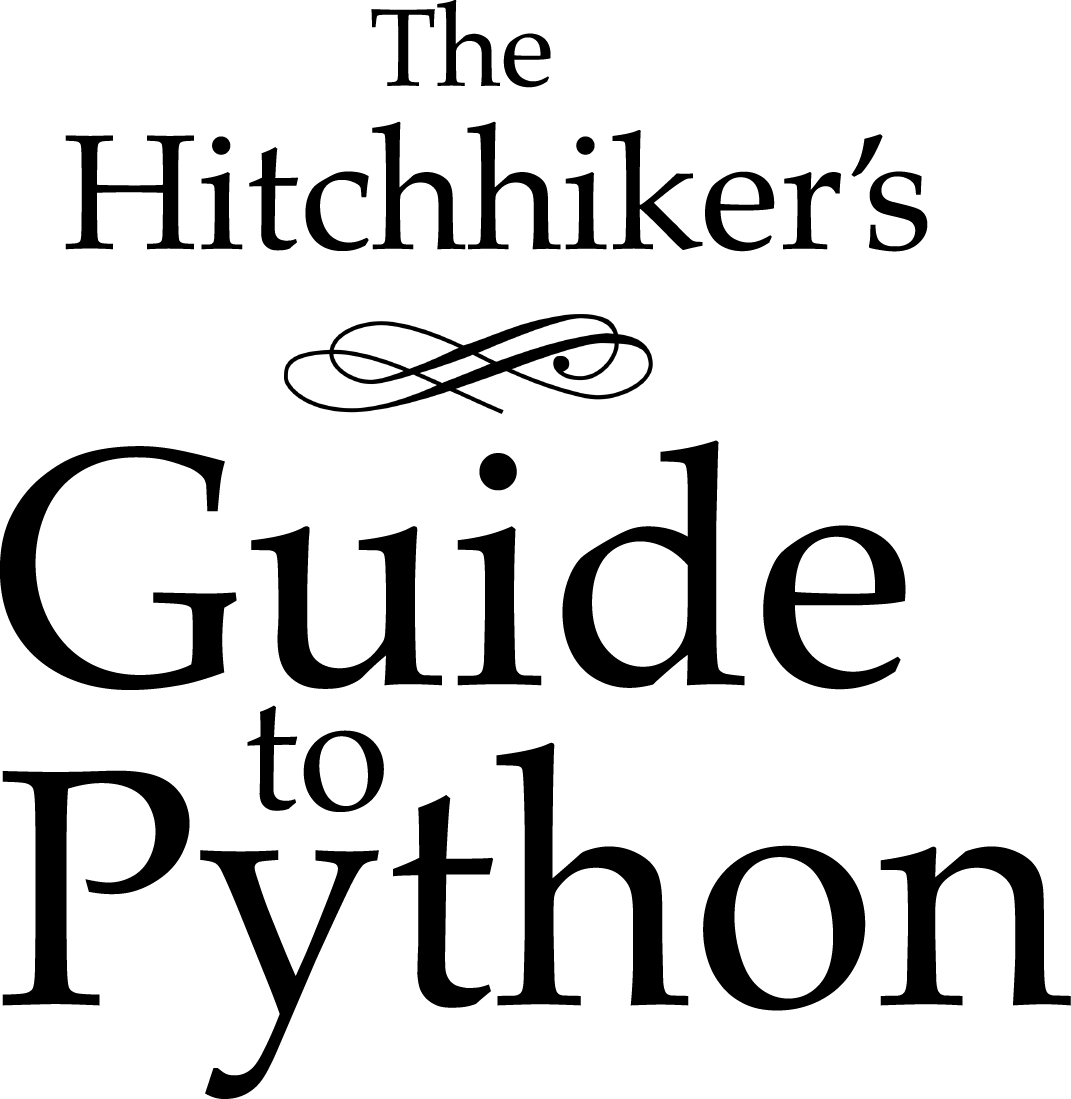机器学习¶

Python有大量用于数据分析、统计和机器学习的库,这使得它成为许多数据科学家的首选语言。
下面列出了一些广泛用于机器学习和其他数据科学应用的软件包。
SciPy Stack¶
SciPy堆栈由一组核心助手包组成,用于数据科学中的统计分析和可视化数据。由于其大量的功能和易用性,栈被认为是大多数数据科学应用的必备条件。
Stack由以下包组成(指向给定文档的链接):
该堆栈还捆绑了Python,但已从上面的列表中排除。
安装¶
要安装完整的堆栈或单个包,可以参考给出的说明 here。
NB: Anaconda 对于无缝地安装和维护数据科学包是非常首选和推荐的。
scikit学习¶
SciKit是一个免费的开放源码机器学习库,用于Python。它提供了现成的功能来实现许多算法,如线性回归、分类器、支持向量机、k均值、神经网络等。它还具有一些样本数据集,可直接用于培训和测试。
由于它的速度、健壮性和易用性,它是许多机器学习应用程序最广泛使用的库之一。
安装¶
通过PyPI:
pip install -U scikit-learn
通过Conda:
conda install scikit-learn
Scikit Learn还随附水蟒(如上所述)。有关更多安装说明,请参阅 this link。
例子¶
对于这个示例,我们在 Iris dataset 与Scikit Learn捆绑在一起。
该数据集获取了花的四个特征:萼片长度、萼片宽度、花瓣长度和花瓣宽度,并将它们分为三个花种(标签):刚毛、花色或维吉尼亚。标签在数据集中表示为数字:0(setosa)、1(versicolor)和2(virginica)。
我们对IRIS数据集进行无序处理,并将其分为单独的训练和测试集,保留最后10个数据点用于测试,其余数据点用于训练。然后我们在训练集上训练分类器,并在测试集上进行预测。
from sklearn.datasets import load_iris
from sklearn import tree
from sklearn.metrics import accuracy_score
import numpy as np
#loading the iris dataset
iris = load_iris()
x = iris.data #array of the data
y = iris.target #array of labels (i.e answers) of each data entry
#getting label names i.e the three flower species
y_names = iris.target_names
#taking random indices to split the dataset into train and test
test_ids = np.random.permutation(len(x))
#splitting data and labels into train and test
#keeping last 10 entries for testing, rest for training
x_train = x[test_ids[:-10]]
x_test = x[test_ids[-10:]]
y_train = y[test_ids[:-10]]
y_test = y[test_ids[-10:]]
#classifying using decision tree
clf = tree.DecisionTreeClassifier()
#training (fitting) the classifier with the training set
clf.fit(x_train, y_train)
#predictions on the test dataset
pred = clf.predict(x_test)
print pred #predicted labels i.e flower species
print y_test #actual labels
print (accuracy_score(pred, y_test))*100 #prediction accuracy
因为我们是随机分割的,并且分类器在每次迭代中都训练,所以精度可能会有所不同。运行上述代码可以得到:
[0 1 1 1 0 2 0 2 2 2]
[0 1 1 1 0 2 0 2 2 2]
100.0
第一行包含由我们的分类器预测的测试数据的标签(即花卉种类),第二行包含数据集中给出的实际花卉种类。因此这次我们得到了100%的准确度。
有关scikit的更多信息,请参阅 documentation。

